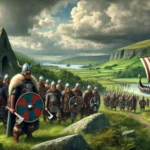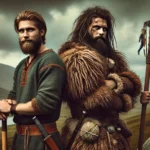Vikings have a reputation that’s larger than life.
But beneath the surface of their fierce and fearsome persona lies a trove of lesser-known facts that might just change the way you think about them.
For example, Vikings were legendary navigators, can you imagine that? They were capable of crossing vast and treacherous seas.
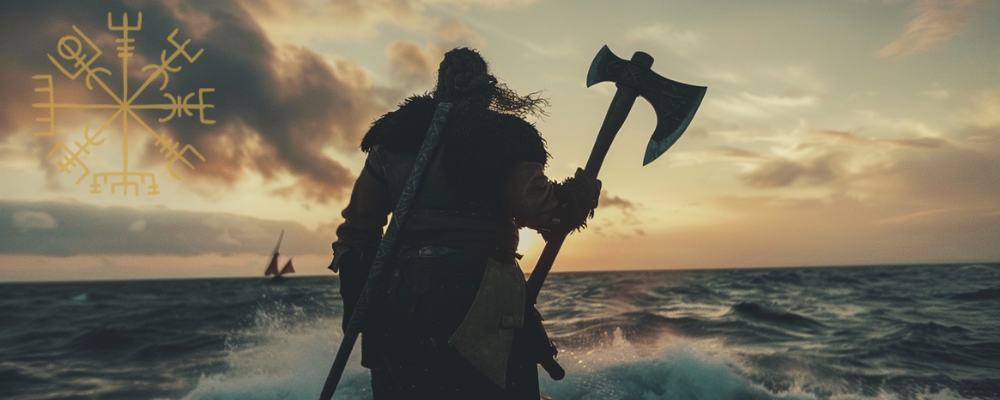
But did you know they might have used a “sunstone” to navigate?
On cloudy days, when the sun was hidden, they allegedly used these crystalline stones to locate the sun’s position, guiding them across the open waters with a precision that seems almost magical.
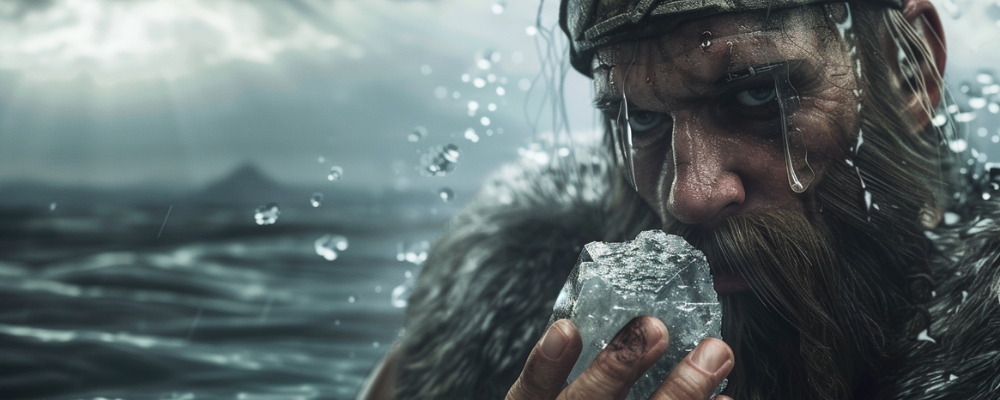
There are many more exciting facts about discoveries made by Vikings that we are going to reveal.
But first, let’s answer an important question.
Why to Learn More about Vikings?
Studying Vikings isn’t just about indulging in tales of raids and conquests as many people assume.
The study of Vikings goes beyond mere historical curiosity and has a lot to offer.
It’s an exploration of a civilization that contributed to the cultural, technological, and social fabric of the modern world so that you can imagine how important it is.
Their story adds to human innovation, adaptability, and the complex nature of cultural identity.
Getting familiar with the world of Vikings means going on a wild ride through history, innovation, and myths that could fill oceans.
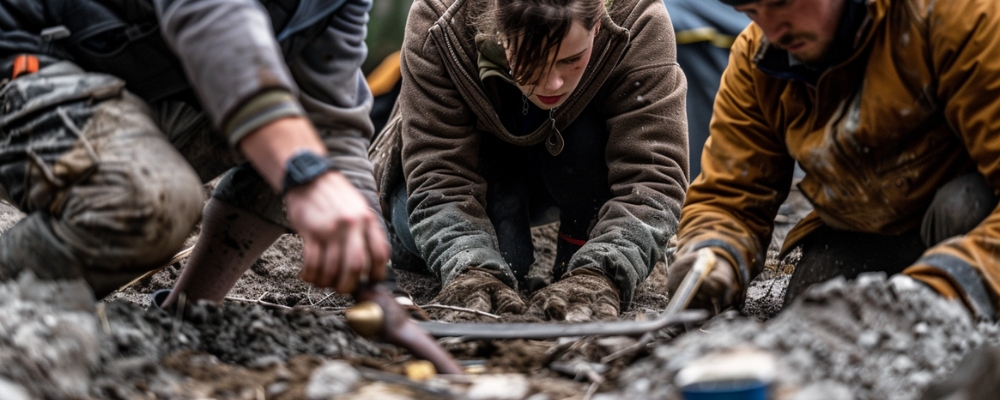
But the thing is that getting deep into Viking studies, especially when you’ve got essays to crank out, can feel like you’re rowing against the current.
That’s where sliding into the world of online professional help comes in clutch. Imagine having an essay writer, a seasoned guide through the stormy seas of study who makes sure you nail those assignments with the precision of a Viking navigating by the stars.
This is all about mastering courses with a bit of expert help to steer you right. So, when the waters get choppy, remember, there’s a crew ready to row with you.
Scientific Discoveries Made by Vikings
The Vikings were also remarkable for their contributions to science and technology. Scientists agree on the fact that many of those contributions were far ahead of their time.
In essence, Vikings blended their keen observational skills with an intuitive understanding of the natural world.
Textile Technology
Think Vikings were all about the rough and tough?
It’s a common misconception and just stereotypical thinking because their textile work says otherwise.
They spun, dyed, and wove fabrics in ways that required a deep understanding of natural resources, turning sheep’s wool into waterproof cloaks. It’s early chemistry in action, with a fashion twist.
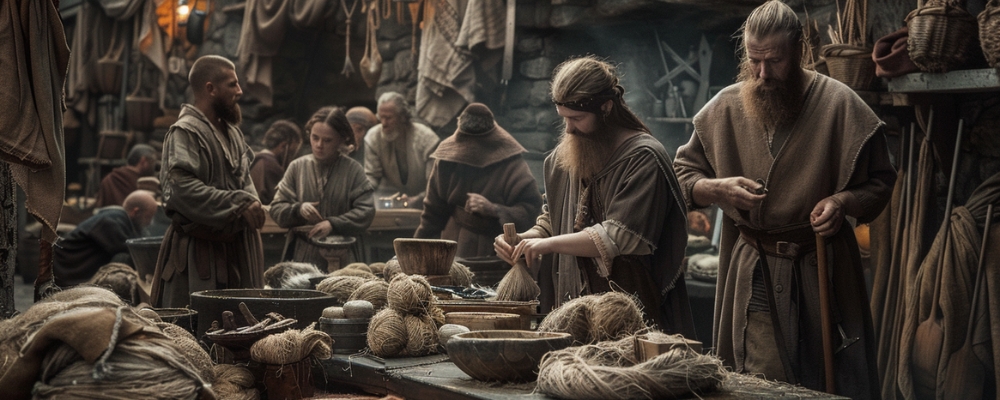
Dental Work
Back in those times, vikings even cared about their smiles, sort of. Archaeological evidence shows they performed dental modifications on their teeth, carving grooves and patterns.
Whether for aesthetic reasons or to scare opponents, it shows an intriguing side to Viking healthcare practices. So now, we have something in common with them.
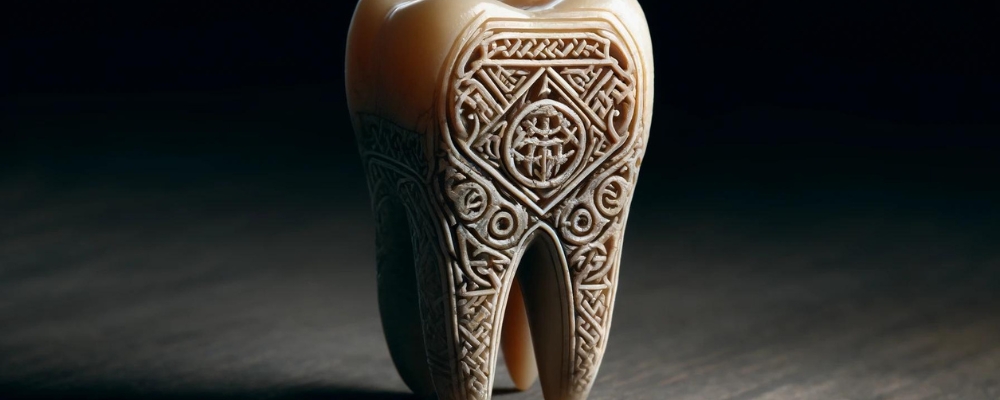
Environmental Adaptation
Vikings were adept at reading the land and adapting to it.
They used the natural resources around them efficiently, whether it was building ships from the best timber or farming in ways that suited the harsh Nordic climate.
Let’s say, it’s the Viking way of being eco-friendly before it was cool.
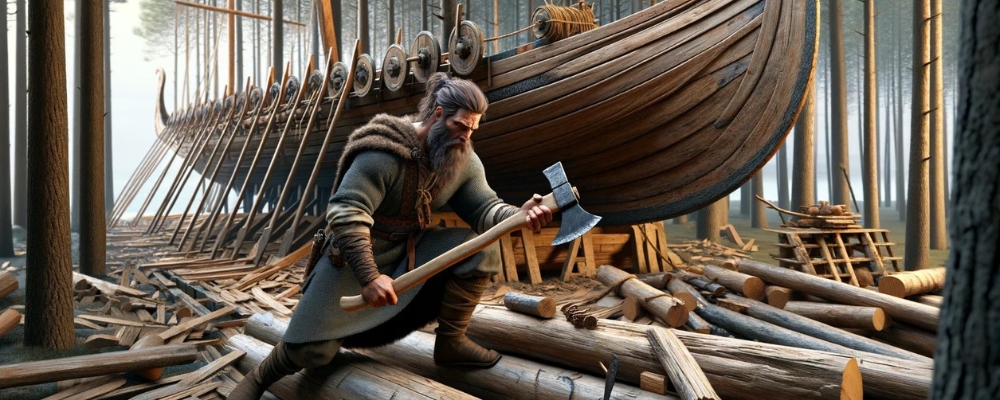
Navigational Stars
Beyond using sunstones, Vikings identified specific stars as guides.
They had names for these stars, understanding their movements across the night sky, which acted as celestial signposts.
This early astronomy was critical for their night-time voyaging. And now, we are doing the same using modern technology.

Rune Stones as Historical Records
Vikings used rune stones not just for magical or religious purposes as modern New Age adepts believe.
In fact, those were used as historical records.
This practice of documenting significant events in stone is an early form of data preservation that we have nowadays. It actually showcases a societal emphasis on memory and history.
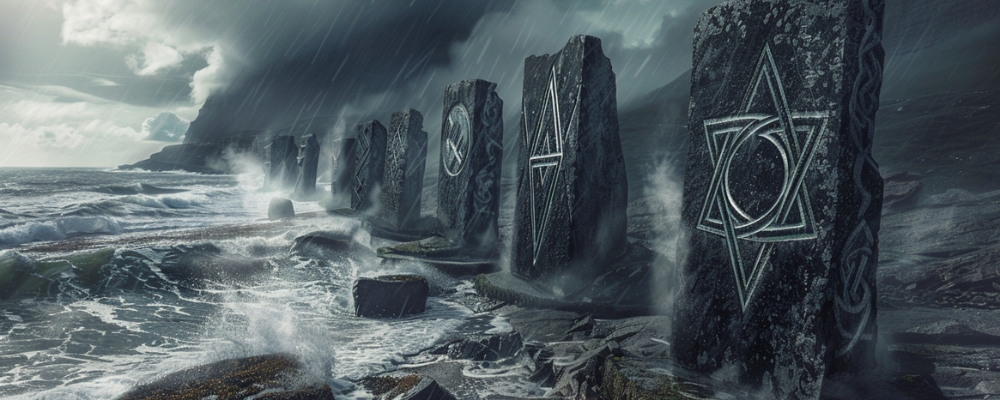
Warfare Engineering
The strategic layouts of their fortresses and battle tactics reveal the Vikings’ understanding of engineering and physics.
For sure, it was not primitive at all.
They built structures and defense systems that utilized the landscape’s natural features, which means they had an intuitive grasp of military engineering.
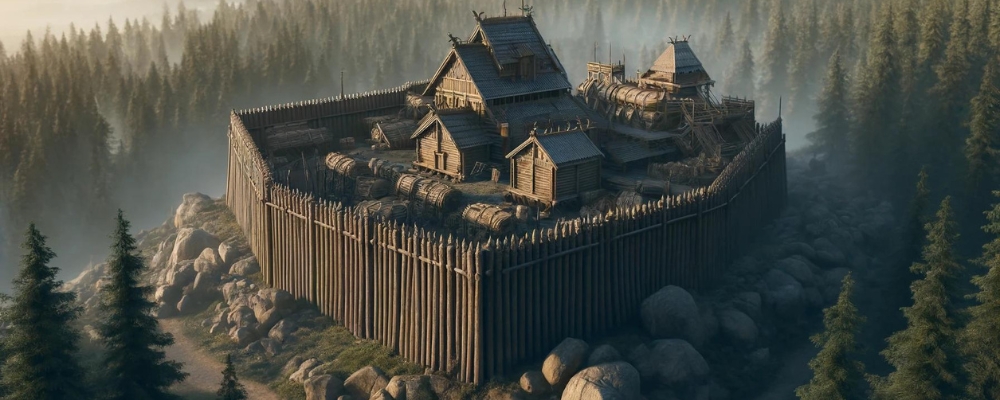
Early Veterinary Medicine
Their livestock was crucial, and Vikings had knowledge of basic veterinary care to keep their animals healthy.
Isn’t it amazing that people of ancient times took care about animals?
So, from dietary needs to treating wounds, they applied their medical practices not just to themselves but to their animals as well.

Herbal Remedies
Vikings had extensive knowledge of plants and herbs for medicinal purposes. They knew which plants could help with pain, inflammation, or infections.
That’s unbelievable how developed was this early pharmacology form based on trial, error, and deep observation of nature’s effects on health.

Ship’s Anchor Design
The design of Viking ship anchors, often overlooked, was crucial for their voyaging success.
Their anchors were designed for easy retrieval and to hold fast in the varied seabeds of their expansive travel routes, showing an understanding of marine engineering.
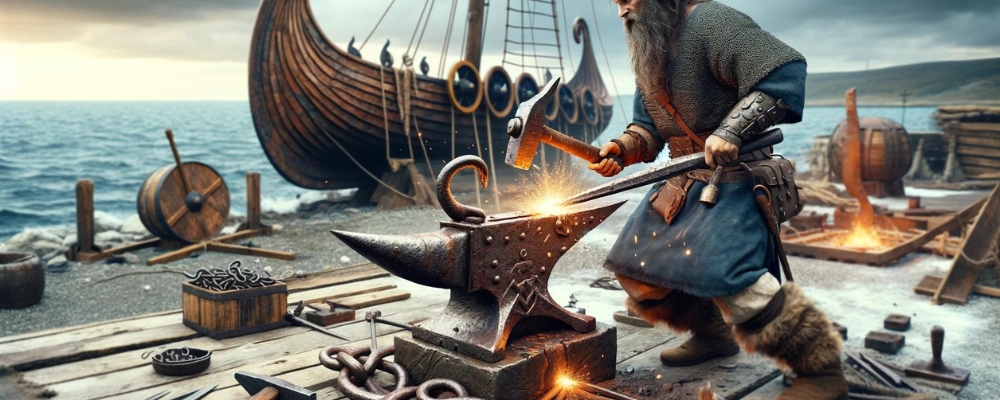
Final Thoughts
There is an impressive array of Viking discoveries, inventions, and artifacts that collectively underscore a civilization far ahead of its time.
From the groundbreaking Viking discovery of new lands to their sophisticated navigational tools, each innovation and artifact offers a window into the ingenuity of Viking society.
Their ships, not just vehicles of exploration but marvels of engineering, stand as proof to their inventive spirit.
Meanwhile, the myriad of Viking artifacts unearthed speaks volumes of their artistic and cultural sophistication.
In essence, the legacy of Viking discoveries and inventions is a mosaic of their prowess, creativity, and the indelible mark they left on history.
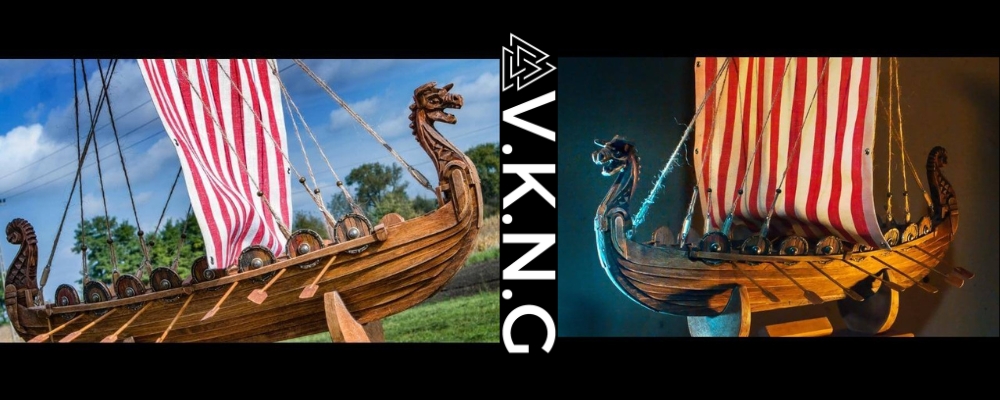
Author’s BIO
Joann Haider is a historian, writer and tutor. She was amazed by Viking history while getting her PhD in History.
Since then, she has gone deeper into the studies and now continues to spread insightful information about their impressive culture.
https://www.pexels.com/photo/man-wearing-viking-helmet-focus-photography-35797/
https://www.pexels.com/photo/traditional-wooden-house-with-rustic-furniture-and-fireplace-5023743/




